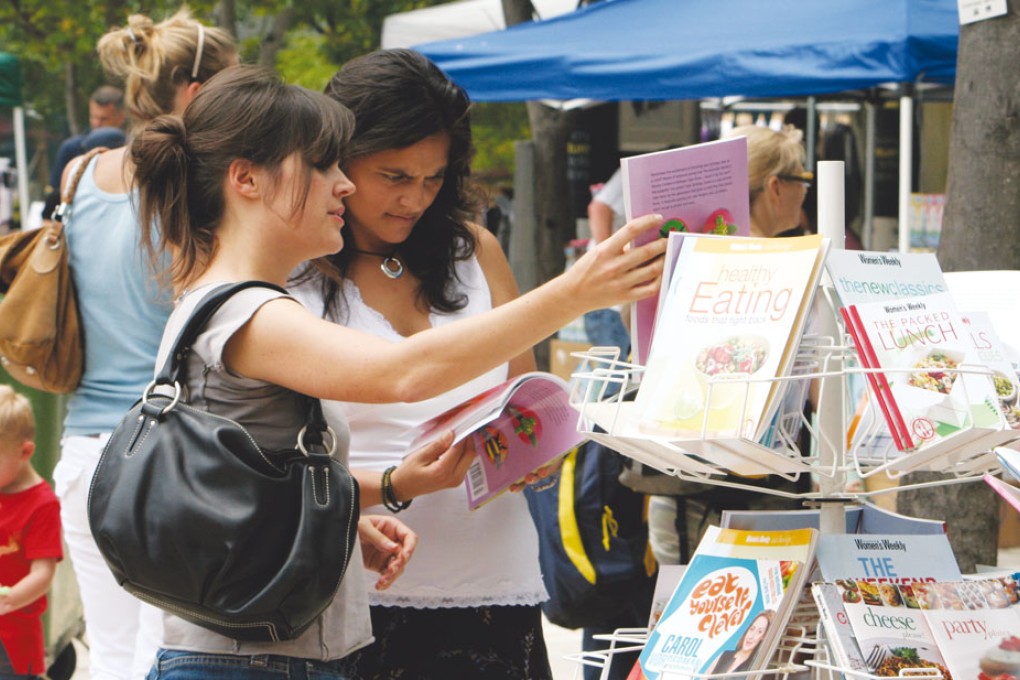Craft Work
Support local artisans, find some bargains and above all, have fun at a craft market. Paul Chan dives in.

There’s no doubt about it. Hong Kong is an affluent city, and despite our economic woes, our love of labels means that designer shops continue to be inundated with shoppers looking to cement their status with the latest exclusive bag. But where does that leave people who are looking for fun alternatives to our increasingly homogenous malls? That’s a question Awon Golding, founder of the Living Room Craft Market, asked herself. “There’s nowhere in Hong Kong to sell funky stuff without paying an arm and a leg in commission or table fees,” she says. So she decided to take matters into her own hands by starting up the aforementioned all-welcoming craft fair and social event that enables accessory designers, artists and bourgeoning bakers alike to turn their hobbies into an opportunity to make some money, meet like-minded people and have fun at the same time.
The Living Room has wide appeal as it caters to the under-represented artistic crowd without fear of corporate hands dipping into profits. “Our world is ruled by big business and homogeneity; The Living Room is the antithesis of all that,” says Golding. Rather than seeking instant gratification with mass-produced products, the items on offer at the market are all hand-made with love, and shopping there is a truly laid-back, enjoyable experience. There’s live music, food and drinks, and most people end up staying all day.
Ultimately, Golding believes people need to deal with their hang-ups about buying local crafts. Homemade doesn’t necessarily mean low quality, and from handmade clothing to original artwork, the Living Room’s residents continue to create. People have come from as far as Denmark to sell their creations, and the fact that people selling their wares here can make a small profit from their hobbies helps to encourage Hong Kong’s arts scene.
A more established market is Open Air, which was started by Tarlan Amigh. “I started Open Air because I felt that there was a lack of regular, community-style markets in Hong Kong,” she says. Based in Pok Fu Lam and the Peak, the events offer an outdoor alternative to air-conditioned malls, and enables small businesses to get their products out there without having to pay crippling rent in traditional shop spaces. The focus on fun is particularly important, with free play areas for children, support for charities and stalls showcasing homemade produce. “It’s such a shame there are so few outlets and opportunities to nurture small businesses and start-ups. We are one of the few places,” laments Amigh, who believes the main obstacle lies in the many restrictions and regulatory issues that plague small businesses. “When we first started up, we quickly learned there wasn’t a lot of co-ordination between the various government entities we had to work with. It’s really difficult to create something ‘out of the box’.”
Both Amigh and Golding agree that the proliferation of malls can only be damaging to Hong Kong in the long run. “The impact of malls extends much further into the development of the community than most people understand. It stifles entrepreneurialism, which Hong Kong has been built on,” says Amigh. Golding adds: “Flea markets and craft fairs arise when people want something a little more unique or home-grown. What’s better than supporting local people, rather than a faceless corporation?”
Market Value
If you’re looking for a unique bargain, have something to sell or want to showcase your talents, then check out one of these local markets or charities.